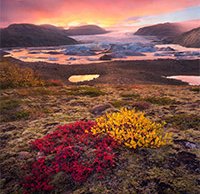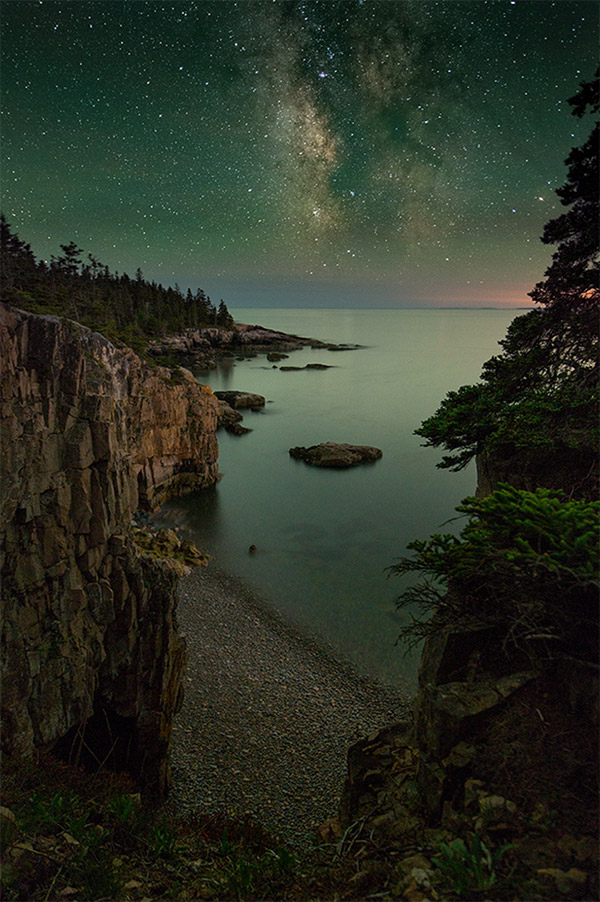Advanced landscape photography: Five techniques to achieve beautiful, detailed landscapes
posted Saturday, December 17, 2016 at 6:00 AM EST

Photographer Daniel Laan has put together an excellent article for Fstoppers in which he extensively discusses five advanced techniques for landscape photographers.
The first technique he covers is focus stacking. Focus stacking, as Laan mentions, was originally used in macro photography to create images that are sharp from front to back because macro lenses famously have very shallow depth of field when used close up. By shooting a series of images at different focus distances and then stacking them, you can create images that have a much greater depth of field and are tack-sharp from front to back. This technique works very well for landscape photographs as well, particularly when you are utilizing a foreground element in the composition. I wrote a Caffeine Priority about this technique for landscape photography, which you can read here. An advantage of using focus stacking versus stopping your lens down is that you can avoid diffraction. Every lens has a “sweet spot,” an aperture at which it is sharpest from edge to edge. That sweet spot is never going to be at its minimum aperture, so focus stacking is an excellent way to capture the sharpest images, which is ideal when shooting detail-dependent landscape imagery.
Another technique Daniel discusses is reducing noise through image stacking, which is helpful when shooting night photography. It can be difficult to balance shutter speed and ISO when shooting the night sky, as you often want to freeze the stars such that they’re sharp, but this means turning your ISO up a lot, introducing noise into your photos. By shooting shorter images at higher ISOs and then averaging the results, you can capture sharp stars that don’t have motion blur while also achieving a clean final image. Noise often distracts the viewer from the beauty of your photo and stacking is a simple way to reduce noise.

Without a tilt-shift lens, achieving an ideal perspective for a landscape shot can be difficult. Fortunately, there is a way to achieve a similar effect digitally. Check out the excellent video tutorial from Dave Morrow to learn what perspective blending can achieve and how to accomplish it.
To learn about the other two techniques and much more about the ones discussed above, read Daniel Laan’s full article at Fstoppers. To view more of Daniel Laan’s phenomenal photography, visit his website and 500px page.
(Seen via Fstoppers. Index image.)